By Rick VanSickle
When it comes to wine, Canadians are anything but polite about it.
Also in this B.C. Wine Report: New wines reviewed from the Okanagan Valley’s CedarCreek and Bartier Bros.
A recent story by British MW Sarah Marsh in Club Oenologique magazine, prompted some cross-country mudslinging over her thoughts on B.C. Pinot Noirs.
Marsh was writing on the “the evolving style of Pinot Noir in British Columbia” after a media trip to the region and struck a nerve with this comment: “However, it soon became apparent that Okanagan Pinot Noir currently lags behind Ontario in terms of finesse.” I mean, it got pretty ugly with comments on Facebook and rebuttal posts that devolved into a debate over paid junkets, motivations, lack of judgment and a full-throttle defence of B.C. Pinot Noir and the slagging of Ontario Pinots.
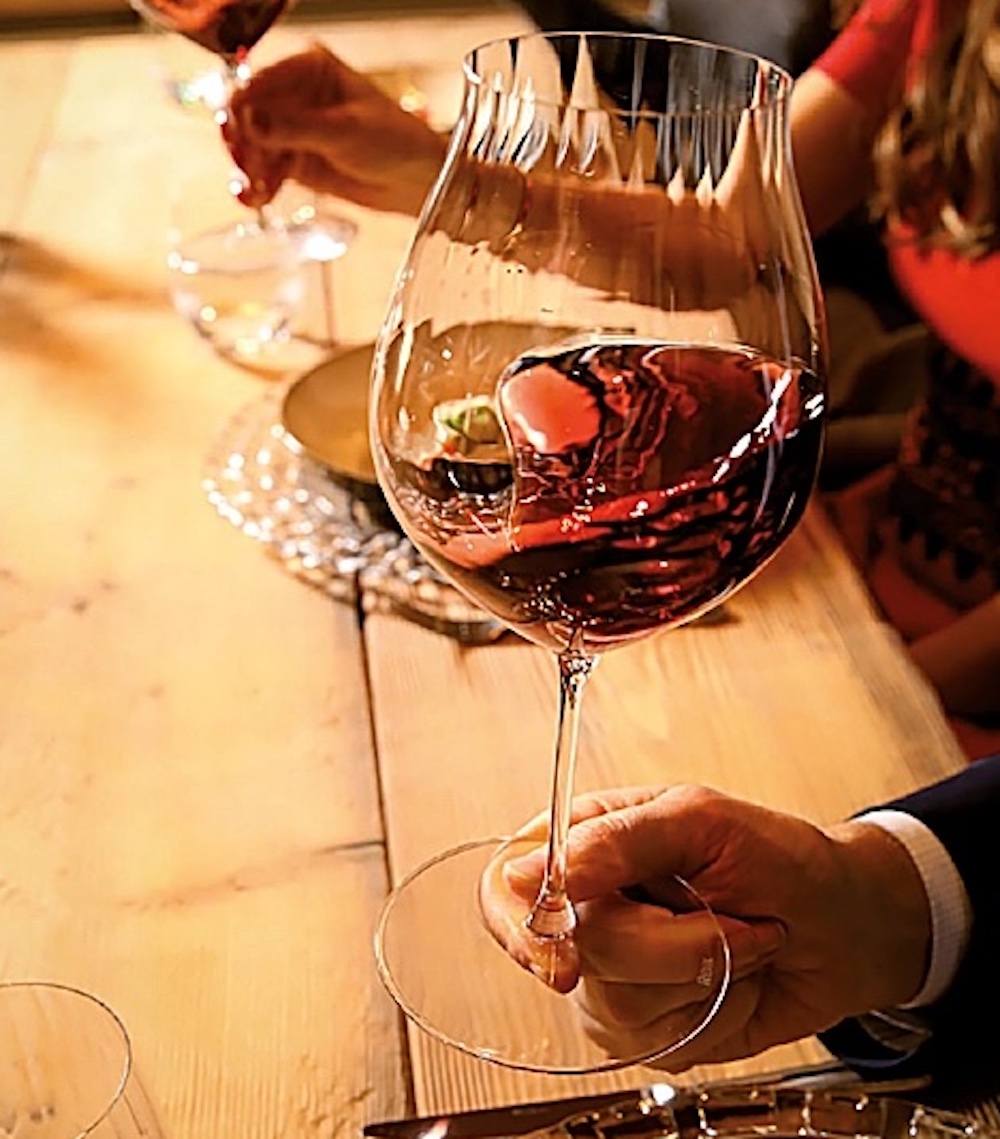
In her opinion piece, Marsh said that the style generally for B.C. Pinots “can be slightly robust, which undermines the subtlety of Pinot. Although Pinot Noir is well established here – the Stewart Family at Quails’ Gate Winery were among the first to plant Pinot Noir in 1975 – decades were lost in pursuing a Californian style of rich and oaky wines favoured by the local market.”
Sure, that’s a generalization, and in Marsh’s defence, she went on at length to defend her position and outlined the steps many of B.C.’s winemakers are taking to shed the image of B.C. making a more California-style Pinot Noir. “Where possible, I took the opportunity of tasting vintages over the past 10 years, Marsh said. “This indicated a movement in style following the hot 2015 and 2016 vintages. More recent wines, such as the cooler 2019 vintage, show elegance, restraint, and a greater sense of place. Many producers, however, are still struggling to nail the delicacy of Pinot Noir’s tannin and texture.” She also reviewed, quite favourably, a number of B.C. Pinot Noirs.
Her story prompted a rebuttal of sorts from Christopher Mark on Vintality, which can be read here under the title “B.C. Shouldn’t Grow Pinot Noir?” Mark’s post is a long dissertation that attempts to answer his many questions about Marsh’s piece. It sounds, in parts, like he is attacking the MW’s ethics.
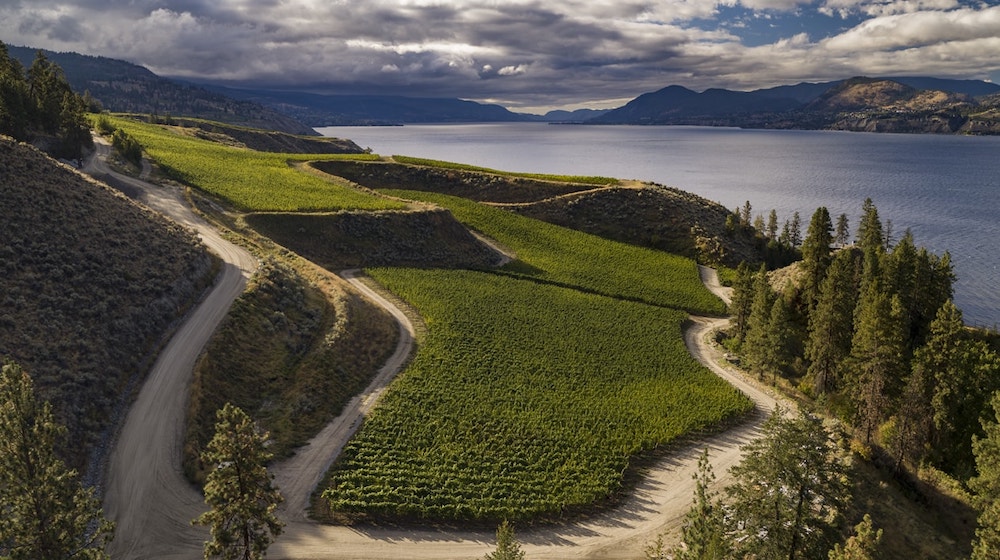
“Why did she give all those wines good reviews at the end?” he asks. “We all know wine reviews are paid for. It’s either direct (cash for a rating), indirect (cash for review) or oblique (all expenses paid vacation).” What? Is that meant as a joke? That’s just absurd. In no possible way was Marsh paid to score the Pinots reviewed favourably. I don’t know her, have not talked to her, but will unequivocally defend her integrity as an MW. To suggest she accepts money for favourable reviews and uses a junket to B.C. as payment for favourable writing is troubling. Junkets are not “paid vacations” even with most expenses taken care of. They are time away from home doing a job that, yes, has some transportation, accommodations and meals paid for, but not their time, the most valuable aspect of a wine junket is just that. Wine writing internationally cannot be done without support from wine associations who have budgets for that sort of thing. Otherwise, it’s cost prohibitive and only feasible for a tiny percentage of wine writers out there.
I have been on many of them myself, taken vacation time away from my day job, spent my fair share of my own money on incidentals etc. only to come home, write a 1,200-word story and get paid poorly by some wine publication. It’s not a money maker, trust me, even with flights and hotels covered. And, by the way, never ever has there been a suggestion from a wine association that a certain style of story/reviews should be written, or you are never coming back. It just didn’t happen.
Mark concludes: “I both hate the implicit dishonesty of it – and can’t think of a better system when it is so hard to fund wine media. Wine reviewers need money, the wine industry needs wine reviews to educate/market to customers, and wineries the world over are willing to pay. I honestly don’t know how else you structure the system. If the only businesses willing to pay wine reviewers are wineries, well, we get our current system. Pay-to-play.”
Yes, there is pay-to-play out there. But this isn’t it.
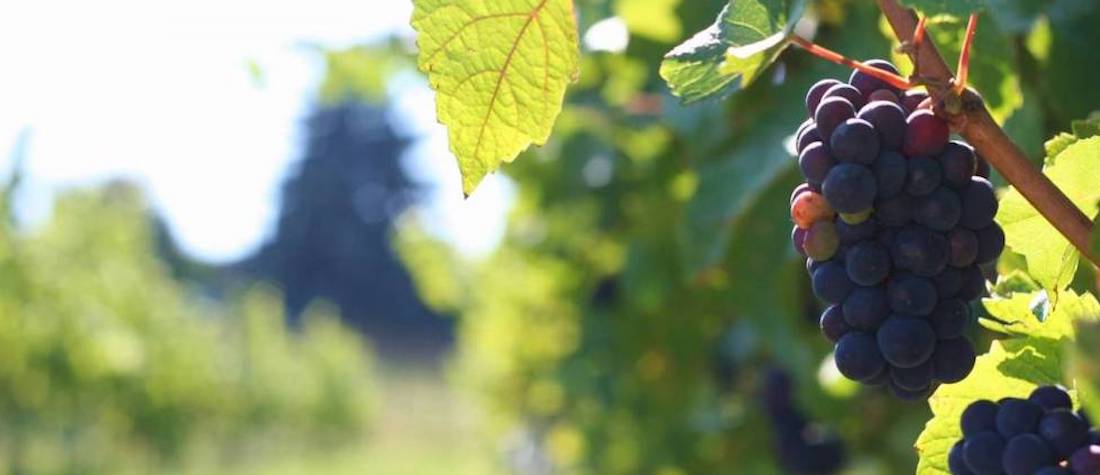
And then there were the comments on Al Hudec’s Facebook page, full post here. Hudec is an industry insider on the B.C. wine industry and follows it closely. His post on Marsh’s Pinot Noir story sparked more than a few comments. This one about comparing B.C. Pinot to Ontario, in particular, caught my eye:
“Compared to Ontario? Lol what a joke! BC Pinots are young and fresh, and diverse, sure the vintages will have an effect on ‘sappy.’ One thing I like best about Pinot Noir is that it is the Heartbreak varietal! You have to be a good winemaker to coax the best out of the Grape. I remember the Cedar Creek 94 platinum as one of my all-time favourites. Martin Lane, Meyer, Birch block, Foxtrot…. did she even taste that many!? She’s just probably pissed that you can’t get B.C. wine in Ontario lol.”
I think it’s all so silly. Why in the world are we even comparing B.C. Pinot Noirs to Ontario Pinot Noirs? We have no commonality other than we live in the same country, one of the largest in the world, with a lot of land between us. We simply have no similarities in climate or terroir. Both regions should excel at what they do best, but also what they can sell, and styles vary as they should, appealing to the consumers who actually buy the wines.
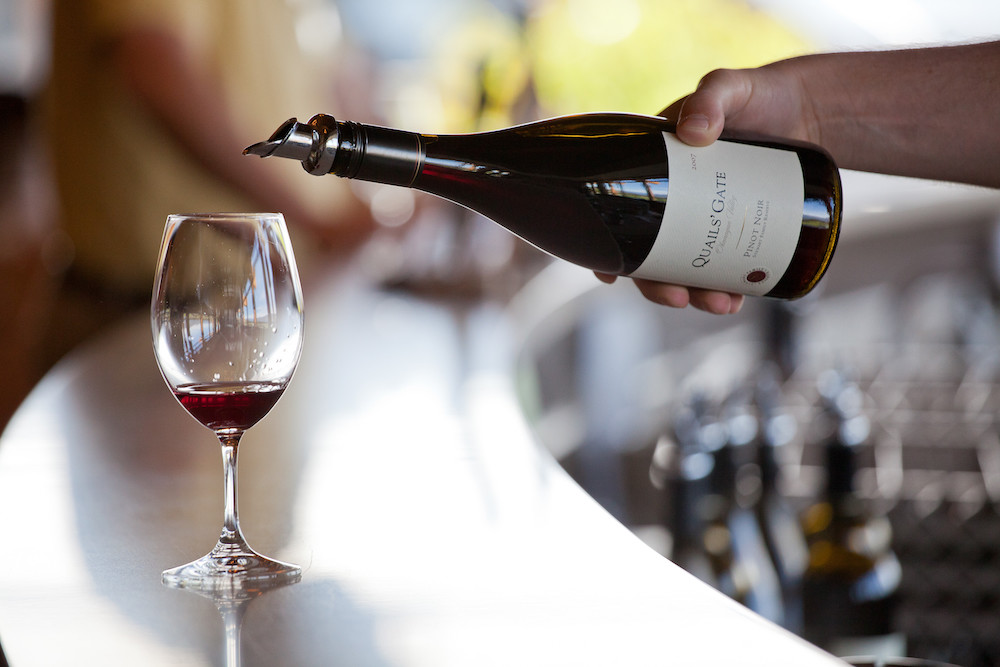
I believe it’s crucial to have credible wine writers (especially MWs) travel the world and share their thoughts without any biases. Critical reporting is important whether you agree with it or not. Sure, have an opposing view, but some of the silly comments (some outlined above) are not adding to the discussion at all and, I would say, they are more harmful than helpful. And why would Marsh, who is British, be “pissed” that you can’t buy B.C. wines in Ontario? What?
Canada and its major wine regions have their work cut out for them to be recognized beyond our borders. The fight isn’t between B.C., Niagara, Quebec, and Nova Scotia over who does what best. It’s comparing themselves to the rest of the world and changing the minds of consumers that VQA wines measure up so that the next time they are at a wine shop, they reach for a great Canadian Pinot Noir and leave that bottle of Burgundy right where it is.
I had the pleasure of tasting some stellar B.C. wines lately. Unfortunately, we rarely see these wines on the shelves in Ontario (and likewise, Ontario wines don’t get to B.C.), but it’s fun to keep somewhat up to date on the progress of wineries in the Okanagan Valley. They make great wine!
New wines from CedarCreek Estate Winery
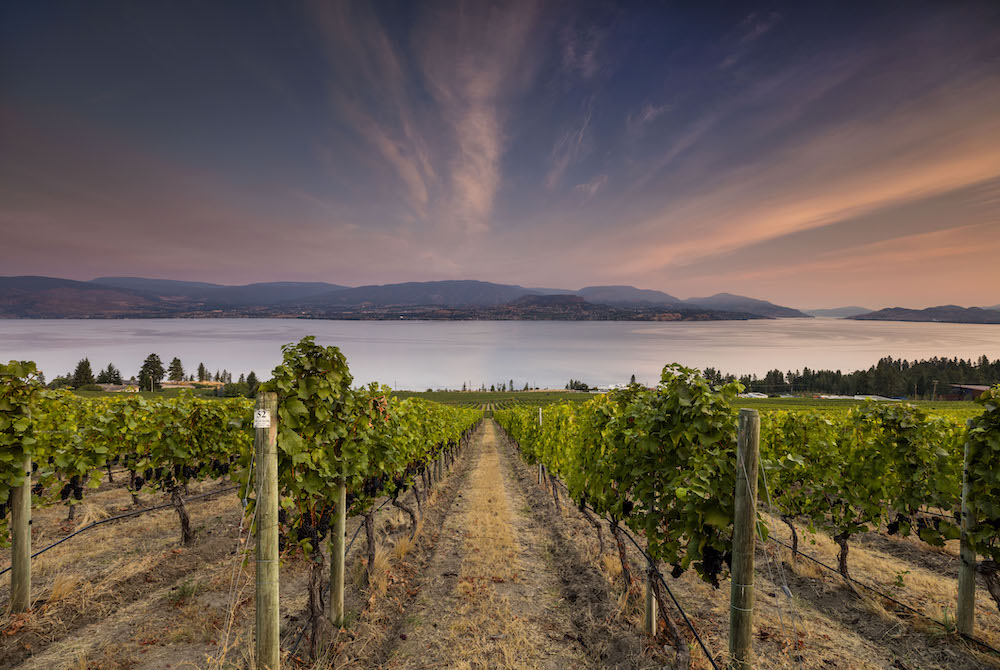
CedarCreek Estate Winery is one of the first eight pioneering wineries of B.C. With four generations of agricultural heritage and more than three decades of experience, the winery has been making some of the valley’s best wines resulting in CedarCreek being twice recognized as “Canada’s Winery of the Year.”
In 2014, the Fitzpatrick family announced the transfer of ownership of CedarCreek Estate Winery to the von Mandl Family.
The estate sits on 50 acres along the shores of Okanagan Lake, with winemaker Taylor Whelan building upon three decades of winemaking history and defining a new chapter with north Okanagan Pinot Noirs, Chardonnays and aromatic white wines.
CedarCreek Estate Winery’s goal is to create and share distinctive, cool climate wines through its commitment to organic vineyard farming.

With spectacular views of Lake Okanagan, the winery is nestled into a steep hill surrounded by the Home Block Vineyard and restaurant. The cool climate of this northern part of the valley gives the grapes grown there time to develop flavours slowly and make them a pure expression of the North Okanagan.
The Platinum Collection wines reviewed here are wines made from single-vineyard sites selected for their unique character. From the Home Block vineyard in the North to Hayne’s Creek in the South, the team at CedarCreek feel these single vineyard wines represent “some of the most distinctive terroir throughout this exceptional valley.”
Here’s what I liked:
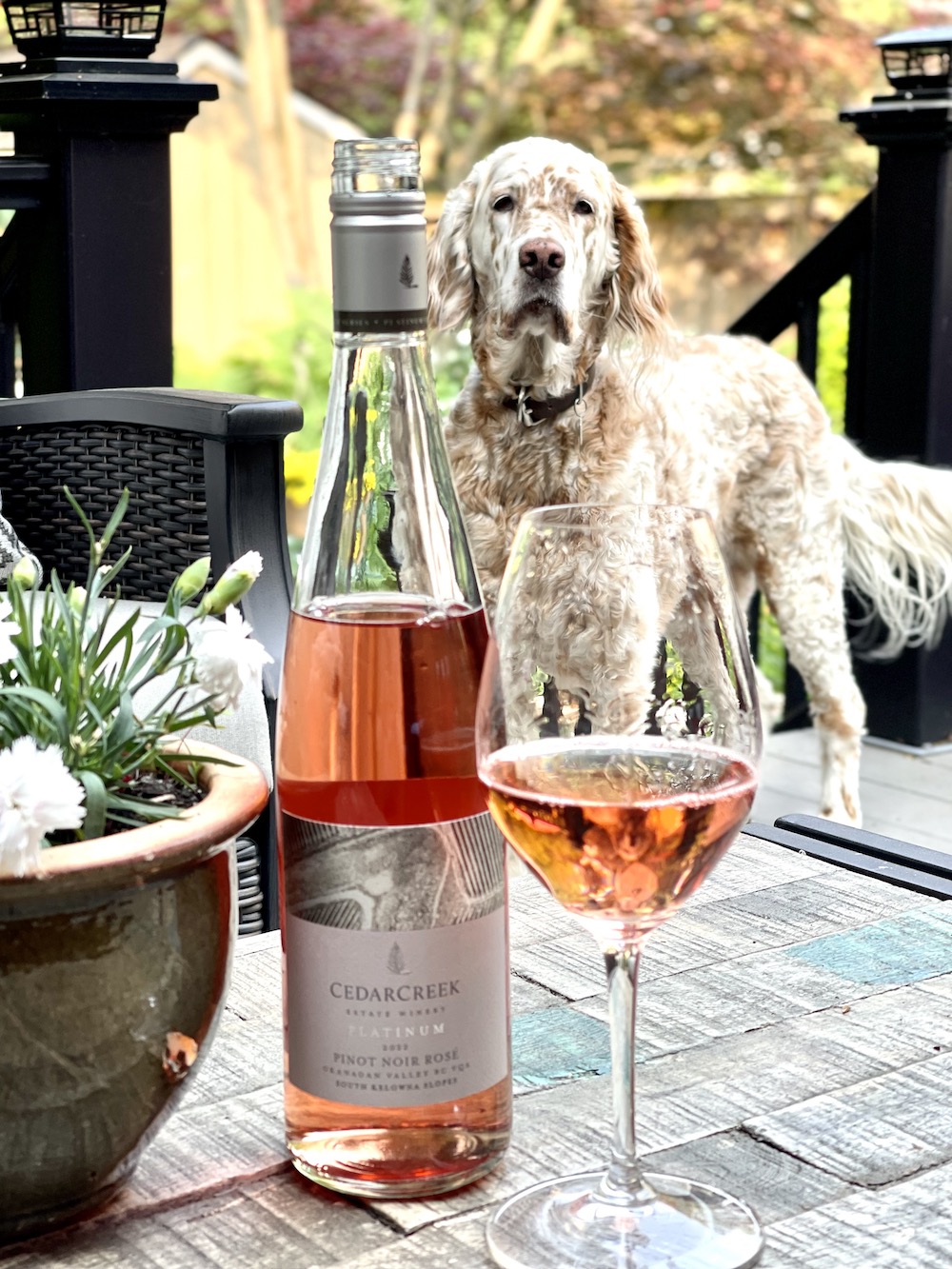
CedarCreek Platinum South Kelowna Slopes Pinot Noir Rosé 2022 ($40, 93 points) — The Platinum tier rosé is from certified organic grapes and is a blend of the estate’s Home Block and Simes vineyard Pinot Noirs. The fruit is hand-harvest and then the grapes are foot-tread to break up the skins and allow time for the skins and juice to macerate together. The grapes are then pressed, and the wine treated treat like a white wine, carefully protecting aromatics and using lees contact and unique vessels to build weight and texture. It shows an attractive light garnet colour in the glass and has a juicy nose of wild raspberries, summer strawberries, floral accents and subtle thyme and other herbs. It has gorgeous texture on the palate with a pure melange of ripe red berries, herbs, watermelon, and a bright finish from mouth-watering acidity.

CedarCreek Platinum South Kelowna Slopes Pinot Gris 2022 ($40, 93 points) — Such an elegant and rich nose of white peach, melon, fresh saline minerality, flint, pear, citrus and an ever-so-subtle spice note. This is beautifully elegant on the palate with notes of grapefruit, peach skin, melon, stony minerality, gorgeous texture, a bit of spice and a vibrant, crisp finish. Superb Pinot Gris at the highest level. Bravo!
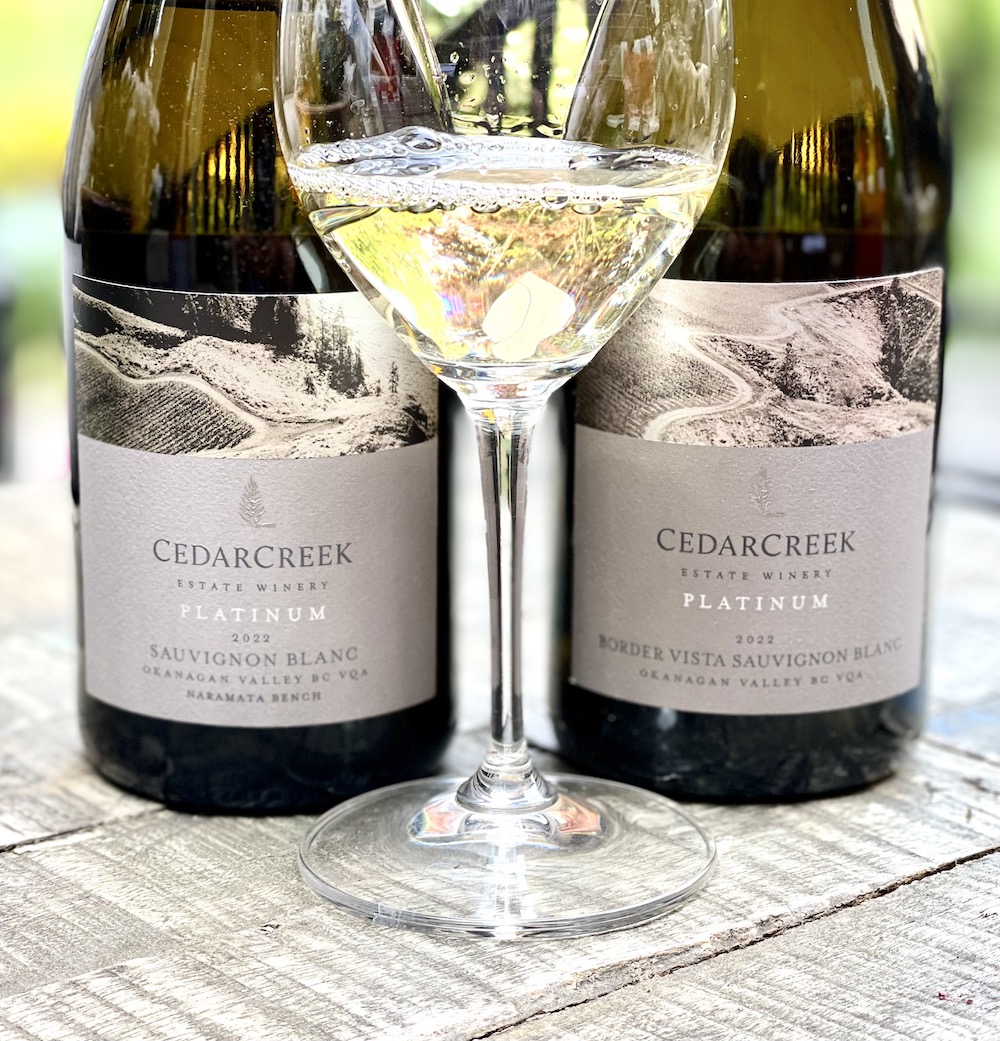
CedarCreek Platinum Naramata Sauvignon Blanc 2020 ($45, 93 points) — This Naramata Sauvignon Blanc is barrel fermented and aged in a combination of concrete and French oak. On the nose, it gushes with grapefruit, fresh herbs, guava, kiwi, some light grassy notes, and lemon blossoms. It’s rounded on the palate with gorgeous texture and rich in pear/citrus notes, fresh herbs, saline, passionfruit, a cool flinty accent and a lifted, refreshing finish.
CedarCreek Platinum Border Vista Sauvignon Blanc 2022 ($40, 94 points) — This west-facing estate block (which shares a fence with Washington State) tends to bake in the afternoon heat and for that reason, CedarCreek grows big vines with lots of leaves, hoping to protect the fruit from that damaging heat. It has an enthralling nose of tropical fruits, pear, crushed oyster shells, grapefruit, subtle herbaceous notes, and elegant spices. It’s rich, textured, and creamy on the palate with pronounced grapefruit, guave/passionfruit, pear, fresh salinity, integrated spice, and a long, fresh finish. Lovely, full and rich Savvy that will benefit from a bit of aging.
New wines from Bartier Bros.

The Bartier brothers are Don and Michael, raised in the Okanagan Valley. As young men they took different career paths – Don an accountant, Michael a winemaker – but have remained close. Michael pined for his own winery to make his style of wine but lacked the business and financial acumen for this undertaking. Don has long been a wine enthusiast and indeed about the best customer of each winery that Michael worked for.
Don planted a small vineyard at his wife Sheila’s family property in Summerland. Michael watched this project closely and helped a lot. Either Don passed Michael’s test, or Michael laid a trap that Don walked into. Either way, the Bartier Bros. brand was born.
Here’s what I liked:

Bartier Bros. Rosé 2022 ($19, previously reviewed, 92 points) — The blend for this rosé is 51% Gewürztraminer, 45% Chardonnay, 2% Merlot, and 2% Pinot Noir. “We make our rosé a little differently than many wineries,” said Michael Bartier. “We take white wine (Gewurztraminer and Chardonnay) and add just a splash of a red wine (Merlot and Pinot Noir) to give it is pale pink colour. The nose shows a mashup of red berries, grapefruit, red apples and a touch of earthiness and florals. There’s a touch of tea-like tannins on the palate adding complexity to the vivid citrus, fresh red berries, mineral notes with a juicy, vibrant finish. Perfect rosé for a range of summer dishes.

Bartier Bros. Brut ($35, 92 points) — This non-vintage, traditionally-made, 100% Chardonnay bubbly was made with zero dosage and disgorged in Oct. of 2022. It’s the first sparkling wine made at the estate. The nose shows a toasty-brioche note bright lemon, peach, pear and fresh, saline minerality. It’s crisp and bright on the palate with an elegant bead in the glass to complement an array of pear skin, lemon, creamy/toasty notes, flint, and a racy, finessed finish.

Bartier Bros. Riesling Grüner Veltliner 2022 ($30, 90 points) — This blend of Riesling and Grüner Veltliner was hand harvested followed by whole cluster pressing into a stainless steel tank where it was fermented for four weeks. The blend then spent four months in tank sur lie. This starts with a steely/stony note followed by peach pit, ginger, apricot, melon, and bergamot. It’s a nice mashup of orchard fruits, spicy ginger, lychee, apricot and a subtle sweet-ripe note on a balanced finish. An exotic treat of a wine.

Bartier Bros. Chardonnay 2022 ($25, 91 points) — This is a blend of two blocks of Chardonnay from the estate’s Cerqueira Vineyard. It has a subtle nose of peaches, pear, lemon zest and stony minerality. It’s elegant and fresh on the palate with white peach, yellow apple, zingy citrus, a touch of creaminess but no perception of oak with a lively finish.

Bartier Bros. Semillon 2022 ($23, 90 points) — The Semillon was whole cluster pressed into a stainless-steel tank for fermentation and aged for four months in stainless steel. It has a lovely nose of honeysuckle, melon, pear skin, dried apricot and peach. It’s rounded on the palate, almost creamy with flinty minerality, a melange of stone fruits, melon, subtle ginger notes and a juicy, lifted finish.

Bartier Bros. Grenache Syrah 2021 ($45, 93 points) — This blend of 61% Grenache and 39% Syrah was aged for 16 months in 225 L neutral French barrels. It’s a beautiful rendition of the traditional Rhone GSM wines, without, of course, the Mourvèdre. I adore this nose, so Rhone-like with peppery red berries, anise, meaty/savoury notes, spice and wild blueberries. It’s relatively smooth on the palate with soft tannins but loaded with dark cherries, anise, gamey/meaty notes, black peppercorns, cassis, earthy/savoury accents and a peppy finish. Drinking fine right now but can keep for 5+ years.
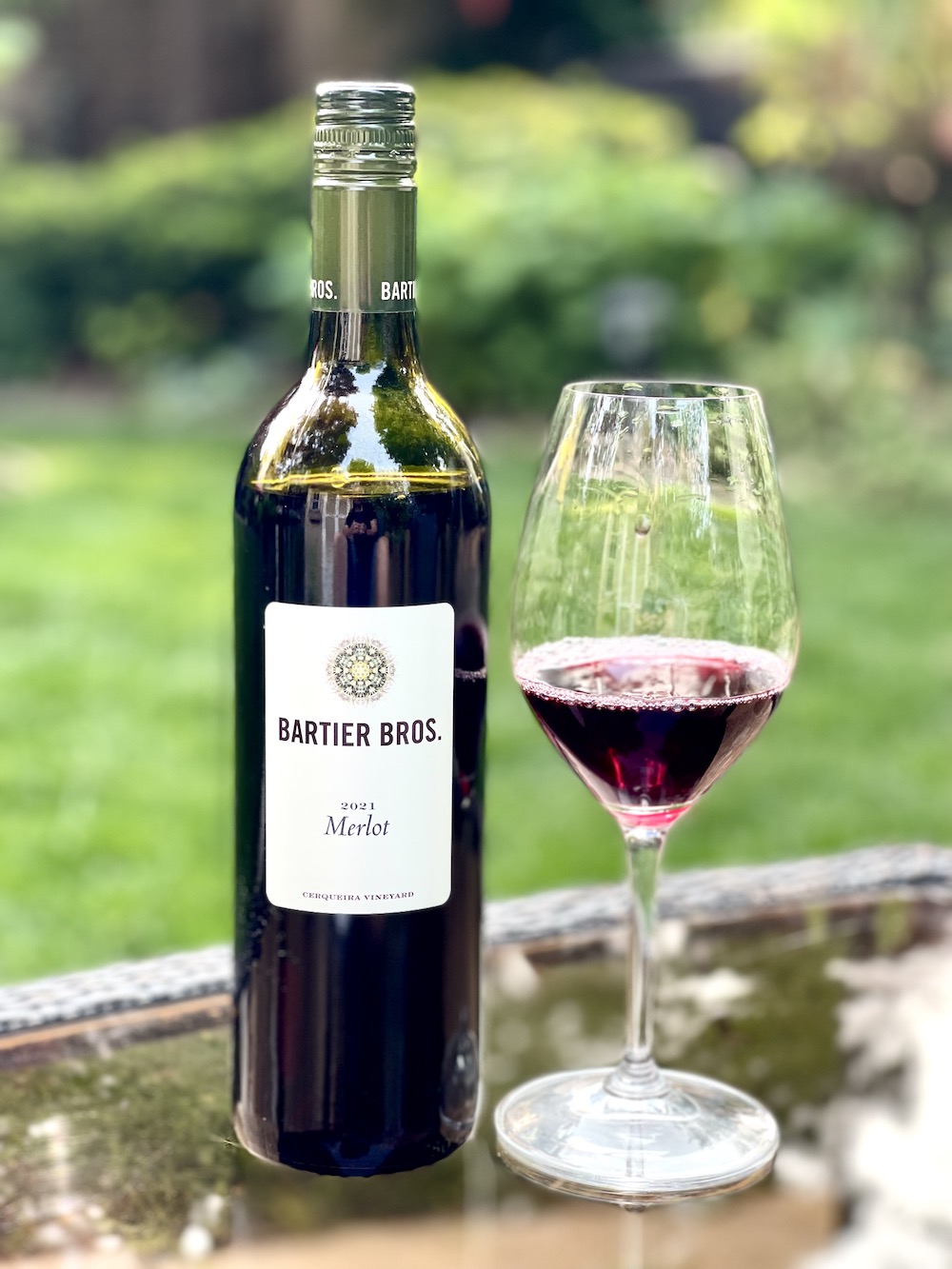
Bartier Bros. Merlot 2021 ($26, 90 points) — The estate Merlot is bottled unfined and spends 15 months in neutral French oak barrels. It has a big nose of black cherries, cassis, blueberries, brambly raspberries with subtle earth and spice notes. It’s quite smooth and textured on the palate with darker-toned berries, black currants, anise and hinting at dark cherries, cocoa, and a pinch of spice with juicy acidity on the back end.
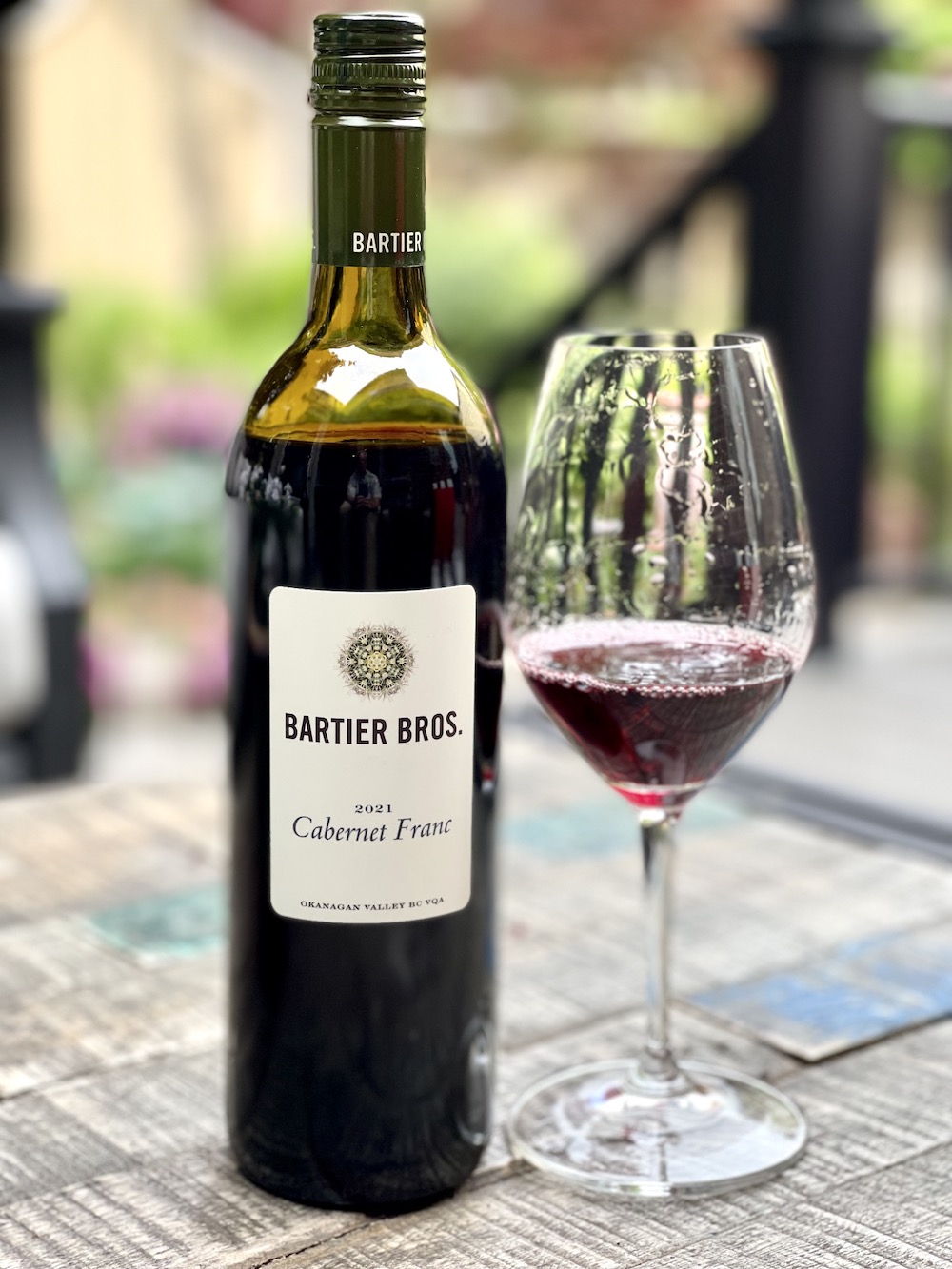
Bartier Bros. Cabernet Franc 2021 ($30, 91 points) — This Cab Franc spent 14 months in neutral French oak before being bottled unfined and unfiltered in February 2022. It’s textbook Cab Franc, with a personable nose of brambly raspberries, plums, stewed herbs, black cherries, anise, and integrated spice notes. The tannins are soft on the palate with earthy/savoury red berries, black licorice, herbs, cran-cherries and a lifted, long finish. Can cellar for a few years to bring all these delicious parts into harmony. Fantastic Cab Franc.







Comment here